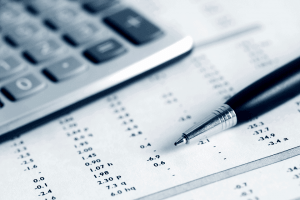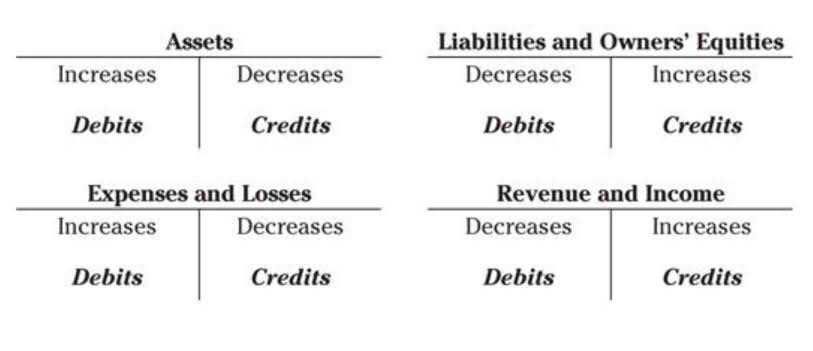
Fixed assets can include tangible assets such as buildings, land, machinery, and vehicles, as well as intangible assets such as patents, copyrights, and software. Explore our fixed asset accounting software online or book a demo to see the software live in action. Compliance with IFRS 16 requires accurate tracking and recording of gym bookkeeping lease agreements, including lease payments, lease terms, lease modifications, and discount rates. Businesses must implement robust lease accounting systems and processes to ensure compliance with the standard’s requirements and disclosure obligations. The balance sheet must show the true picture of the company’s financial health. When the construction under progress is recorded proportionally in every accounting period, it maintains the financial position’s transparency.
Units-of-production method
Once an asset is in usable condition, the business has to charge deprecation in the income statement irrespective of whether the business uses the asset in the operations. To calculate gain/loss, we compare the asset’s sale proceeds with the net book value. If the netbooks value is higher than the sale proceeds, it’s a loss and vice versa.
- Depreciation is systematically transferred from the balance sheet to the income statement, reflecting the asset’s usage over time.
- When an organisation anticipates that it can sell an asset or that an asset will otherwise provide value at disposal, that amount represents the salvage value.
- These assets can seem hard to quantify, but they still play an essential role in your company’s operation.
- This approach is beneficial for assets that quickly lose value or become obsolete, such as technology equipment.
- One of the most prevalent issues is the inaccurate recording of asset data, including acquisition cost, depreciation, and maintenance history.
Best Practices for Fixed Asset Accounting

Make sure you are familiar with them to keep your business running smoothly. One key aspect of these standards is the requirement for detailed disclosures in financial statements. Organizations must provide information on the nature and extent of their fixed assets, including their valuation methods, depreciation policies, and any revaluation adjustments.

Integration with Sustainability Reporting
Fixed assets are physical or tangible assets a company owns and uses in its business operations to provide services and goods to its customers and help drive income. These assets, which are often equipment or property, provide the owner with long-term financial benefits. A business is adjusting entries expected to keep and use fixed assets for at least one year. The value of fixed assets declines as they are used and age — except for land — so they can be depreciated.
Explaining Asset Life Cycle and Its Organizational Structure to Represent a Fixed Asset
These systems automate many of the manual processes involved in asset management, reducing the risk of errors and freeing up time for more strategic activities. In conclusion, understanding fixed assets is essential for proper accounting and management within a business. By effectively accounting for fixed assets, businesses can make informed decisions, maintain accurate records, and maximize the value of their long-term investments. There are several types of fixed asset accounting, including intangible assets like software that a company owns or intellectual property. A retail company’s fixed assets usually consist of buildings and facilities (excluding land), computer equipment, furniture, fixtures, machinery, and vehicles such as delivery trucks.

Asset Valuation

This method is ideal for manufacturing equipment or vehicles where wear and tear are directly related to usage. For example, if a piece of machinery is expected to produce 100,000 units over its life and costs $100,000, the depreciation expense per unit would be $1. If the machine produces 10,000 units in a year, the depreciation expense for that year would be $10,000. This method ensures that the expense recognition is closely aligned with the asset’s productivity. This includes not only the financial information but also non-financial data such as location, condition, and responsible department. Utilizing asset management software like SAP Fixed Assets or Oracle Asset Management can streamline this process, providing a centralized database that facilitates easy tracking and reporting.
- At CPCON, we are committed to helping you achieve these goals with our expertise and innovative solutions.
- In addition, a business may set its policy threshold for capitalization.
- It signifies that these assets will not be used, sold, or converted to cash within the accounting period.
- But broadly, if the cost you’re incurring is material and it is necessary to extend an asset’s useful life beyond one year, then that is a cost that should be capitalised,” advises Adams.
- Learn how to calculate, justify, and test its value with strategic precision.
- It is most useful among companies that require a large capital investment to conduct business, like manufacturers.
The Ethics of Overpromising Cost Savings to Investors
- Organizations operating internationally or considering a transition between frameworks must carefully evaluate the implications of these differences on their fixed asset accounting practices.
- Barcode systems, RFID technology, or asset management software are often used for efficient tracking.
- Regular asset audits should be conducted to verify the existence, condition, and location of fixed assets.
- The absence of RFID, barcoding, or asset management systems can lead to data discrepancies.
- Examples of fixed assets include machinery, office equipment, and buildings.
- In this article, we will cover the fundamentals of fixed asset accounting, including key concepts, methods, and best practices.
For example, a company might set a threshold of $5,000, meaning any asset costing less than this amount would be expensed rather than capitalized. Moreover, asset management software is cloud-based, eliminating the need for individual device installations and enabling you to access asset information from any device and location. Tools fixed asset accounting process like this can help perform a variety of tasks, like recording financial transactions, managing inventory, paying taxes, or generating financial statements. In other words, when you identify an asset as impaired, you have to reflect the change in value on the balance sheet and recognize a loss in the income statement. In this journal entry, you record periodic depreciation or the decline in net book value. For example, a $15 hammer might be expensed as a current asset, while a hand-held core drill worth $650 could be considered a fixed asset.

Добавить комментарий